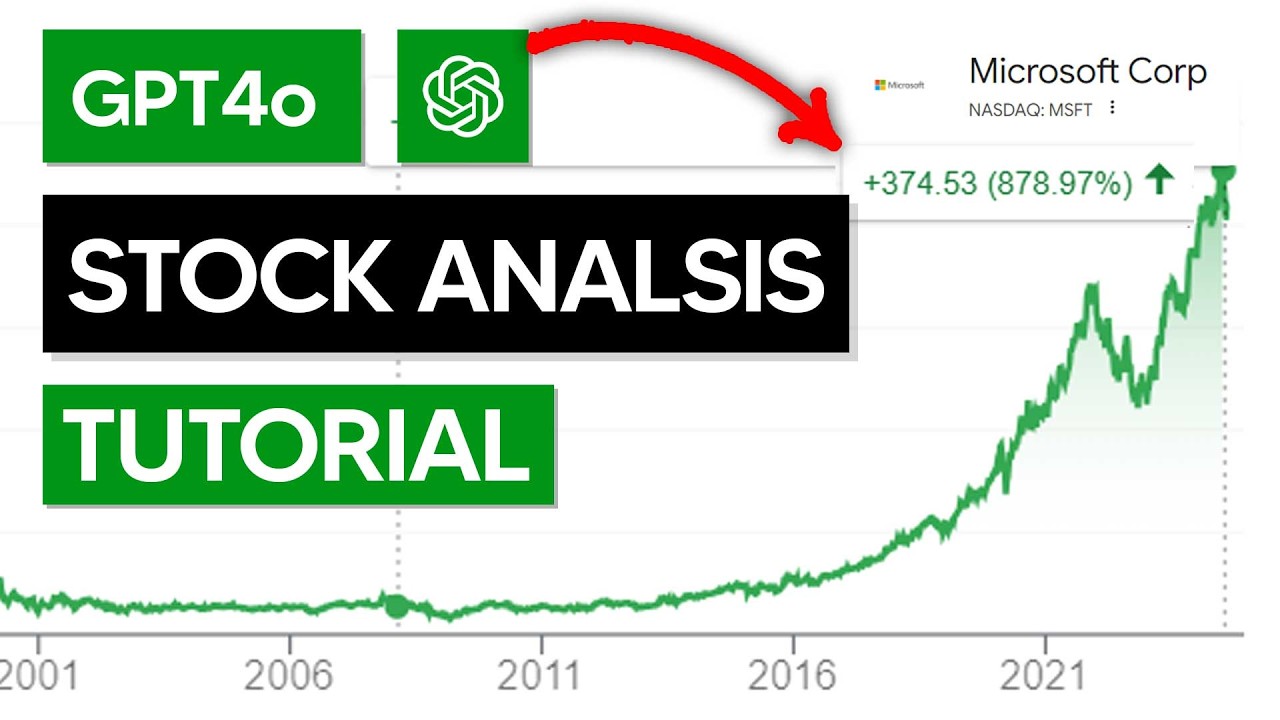20 Pro Ideas For Deciding On Stocks Ai Sites
20 Pro Ideas For Deciding On Stocks Ai Sites
Blog Article
Top 10 Tips For Evaluating Market Coverage Using Ai Stock Predicting Or Analyzing Trading Platforms
The market coverage of trading platforms for AI analysis of stocks is vital, since it defines the markets and assets you are able to access. A platform with extensive market coverage will allow you to diversify your portfolio, look for new opportunities around the world, and adjust to a variety of trading strategies. Here are the top 10 tips to assess the market coverage of these platforms:
1. Evaluate Supported Asset Classes
Stocks: Ensure that your platform is compatible with major stock exchanges, including NYSE, NASDAQ LSE and HKEX, and that it includes mid, small and large caps.
ETFs Find out if the platform allows you to choose from a large number of ETFs, which can provide you with a variety of exposure.
Options and Futures: Check whether the platform is compatible with derivatives, such as options futures, options and other products with leverage.
Forex and commodities: Assess if the platform includes currency pairs, precious metals, energy commodities, and agricultural products.
Cryptocurrencies - Make sure to check whether your application supports most popular cryptocurrencies, including Bitcoin, Ethereum and altcoins.
2. Check the coverage area
Global markets: Ensure the platform covers major global markets, which include North America, Europe, Asia-Pacific and emerging markets.
Regional focus: Find out whether your platform has a particular focus on a region or market that is compatible with your trading requirements.
Local exchanges: Make sure you know if the platform supports regional or local exchanges that are relevant to your location or strategy.
3. Delayed Data Vs. Data that is delayed
Real-time Market Data: The platform needs to offer real-time trading information to facilitate quick decision-making.
Data that is delayed: Find out if delayed data is available at no cost or at a lower cost, which may suffice for investors who are looking to invest long-term.
Data latency. Examine whether the platform minimizes delays for real-time information feeds particularly for high-frequency trading.
4. Evaluation of Data from the Past
Depth historical data: Check that the platform can provide extensive historical information (e.g. more than 10 years of data) to analyze and backtest.
Granularity: Verify whether the historical data contains intraday granularity as well as daily, weekly and monthly.
Corporate actions - Verify historical data to ensure that it includes stock splits or dividends, as well as other corporate activities.
5. Verify the market depth and the order book details
Level 2 data: Make sure that your platform is equipped with Level 2 information for price discovery and improved execution.
Check for real-time bidding and asking spreads. This will guarantee that the pricing is correct.
Volume data: Make sure that the platform includes extensive volume data that can be used to analyze market and liquidity.
6. Assess Coverage for Indices and Sectors
Major indices - Make sure your platform supports major indices, such as the S&P 500 (e.g. NASDAQ 100 or FTSE 100), for benchmarking using indexes.
Sector-specific data: See if the platform provides information for certain sectors (e.g. technology or healthcare, energy,) for analysis that is targeted.
Custom indices. Find out if you are able to make or monitor custom indices based on your own criteria.
7. Examine the integration with Sentiment and News Data
Feeds for news: Make sure the platform is able to provide real-time feeds of news from reputable sources, such as Bloomberg and Reuters for events that affect the market.
Sentiment Analysis: Find out if the platform offers sentiment analysis tools built on news, social media or other sources of data.
Events-driven Strategies: Determine if the platform supports strategies that are triggered by certain events (e.g. economic reports, earnings announcements).
8. Verify Multimarket Trading Capabilities
Cross-market Trading: Check that the platform allows you to trade across multiple markets and asset classes from an unifying interface.
Conversion of currency: Check if the platform supports multi-currency accounts as well as automated currency conversion for trading internationally.
Time zone support: Find out whether the trading platform is compatible with different timezones for global markets.
9. Evaluation of Alternative Data Sources
Alternative data - Examine to see if there are other data sources that are integrated into the platform (e.g. web traffic, satellite imagery or credit card transactions). This will give you unique information.
ESG data: Verify if the platform includes environmental, social, and governance (ESG) data for socially responsible investing.
Macroeconomics data: For an analysis of fundamentals, make sure the platform contains macroeconomic indicators such as GDP (gross domestic product), inflation rates and interest rate.
10. Review User Feedback and Market Reputation
User feedback is a great method of evaluating the market coverage of a platform.
The reputation of the company: Find out whether the platform is approved by industry experts in terms of market coverage.
Case studies: Search for testimonials or case studies which highlight the platform's performance in specific markets or asset classes.
Bonus Tips
Trial period for free: Try the market coverage of the platform and its data quality by using either a trial or demo.
API access: Check if your platform's API can access market data programmatically to perform custom analyses.
Support for customers: Ensure whether the platform has support for queries related to data or markets.
By following these tips, you can effectively assess the market coverage of AI trading platforms that predict or analyze stocks Be sure to select a platform that provides access to the markets and data you need for a successful trading. Comprehensive market coverage enables investors to diversify their portfolios, explore new possibilities, and adjust to market conditions that change. Read the most popular moved here on getstocks ai for blog advice including best ai etf, trading chart ai, ai options trading, copyright ai trading bot, invest ai, chatgpt copyright, coincheckup, chart ai trading, ai investment advisor, ai chart analysis and more.
Top 10 Tips To Assess The Regulatory Compliant Of Ai Stock Predicting/Analyzing Trading Platform
Compliance with regulations is an essential aspect to consider when evaluating trading platforms that use AI. Compliance is crucial as it guarantees that the platform complies with the laws and regulations. Also, it protects users' data. These are the top 10 guidelines for evaluating regulatory compliance.
1. Check the Licensing and Registration
The regulatory bodies: Make sure that the website is registered and licensed by the appropriate financial regulatory authority (e.g. SEC, FCA, ASIC, etc.) in your country.
Verify the broker partnership. If the platform incorporates brokers, be sure that they're licensed and regulated.
Public Records: Go to the website of your regulatory agency for details on registration status as well as past violations and relevant information.
2. Assessment of the Data Privacy Compliance
GDPR - If your site operates within the EU or serves users from the EU make sure it complies with GDPR.
CCPA : California Consumer Privacy Act (CCPA) compliance must be checked by the users.
Data handling policies. Check the privacy policy to ensure it clarifies how data about users is collected, shared, and stored.
3. Examining anti-money laundering measures
AML policies: Make sure the platform has robust AML policies in place to prevent and detect the laundering of money.
KYC procedures: Determine if the platform uses Know Your Customer (KYC), which verifies user identities.
Transparency monitoring Check if your platform is monitoring all transactions for suspicious activity and reports them to the authorities.
4. Make sure you're in compliance Trading Regulations
Market manipulation: Ensure that the platform has safeguards in place to prevent any market manipulation, including the spoofing of trading or wash trading.
Order types: Check whether the platform is in compliance with regulations regarding order types.
The best execution: Ensure that the platform adheres to the highest execution methods. This ensures that trades are carried out at the highest possible cost.
5. Cybersecurity compliance assessment
Data encryption: Make sure the platform uses encryption to protect user data in transit and at rest.
Response to incidents: Verify if the platform has a clearly defined incident response plan for data breaches or cyberattacks.
Certifications: Determine if the platform has cybersecurity certifications (e.g., ISO 27001, SOC 2).
6. Transparency Evaluation and Transparency Evaluation and Disclosure
Fee disclosure. Make sure that all fees and charges are clearly disclosed, including any additional or hidden costs.
Risk disclosure: Check if the platform includes clear risk disclosures. Especially for high-risk and leveraged trading strategies.
Performance reporting: Find out whether the platform offers precise and transparent performance reports on its AI models.
7. Make sure that you are in the conformity to International Regulations
Cross-border Trading: If you're trading involves international markets, you should make sure that the platform you use meets all regulatory requirements in each jurisdiction.
Tax reporting: Find out whether the platform provides tools or reports to assist users to comply with tax regulations.
Sanctions compliance: Ensure that the platform adheres to international sanctions and doesn't allow trading only with nations or entities banned.
8. Review the record-keeping process and audit trails
Transaction records: To meet regulatory and auditing purposes, ensure that the platform maintains complete records of all transactions.
User activity logs (logs) The logs contain information about user activity. see if the platform tracks the activities of users, such as logins and trades. Also, make sure that the settings for your account have been modified.
Audit readiness: Make sure the platform is equipped with all the documentation and logs necessary for a regulatory review.
9. Assess Compliance with AI-specific Regulations
Algorithmic trading rules: If you are using a platform that allows algorithmic trading ensure that it is in compliance with relevant regulatory frameworks, such as MiFID II or Reg SCI, in Europe and in the U.S.
Fairness and bias: Check if the platform monitors and reduces biases in its AI models to ensure fair and ethical trading.
Explainability - Make sure that the system can clearly and concisely explain regarding AI-driven decisions, predictions and more. as required by certain rules.
10. Review user feedback and regulatory history
User reviews: Conduct studies to determine the platform's reputation regarding the regulatory conformance.
The history of regulatory compliance: Find out whether the platform has any history of regulatory violations and penalties, fines or fines.
Third-party inspections: Determine if the platform is subjected regularly to third-party inspections by a third party in order to verify compliance.
Bonus Tips
Consultations with a lawyer: You might need to speak with an attorney to determine if the platform is compliant with applicable regulations.
Trial period: Make use of a no-cost demo or trial to assess compliance features on the platform.
Customer support - Check that the platform has the capacity to help with any compliance-related issues or concerns.
Check these points to determine the compliance with regulations and protect of your interests. Compliance not only minimizes the risk of legal violations, but it also helps build confidence and trust in the services of the platform. Read the recommended canadian ai stocks advice for site tips including incite ai, ai stocks, ai stock trading, ai stock picker, ai stock, trading ai, ai investing app, chart ai trading, ai investment advisor, coincheckup and more.